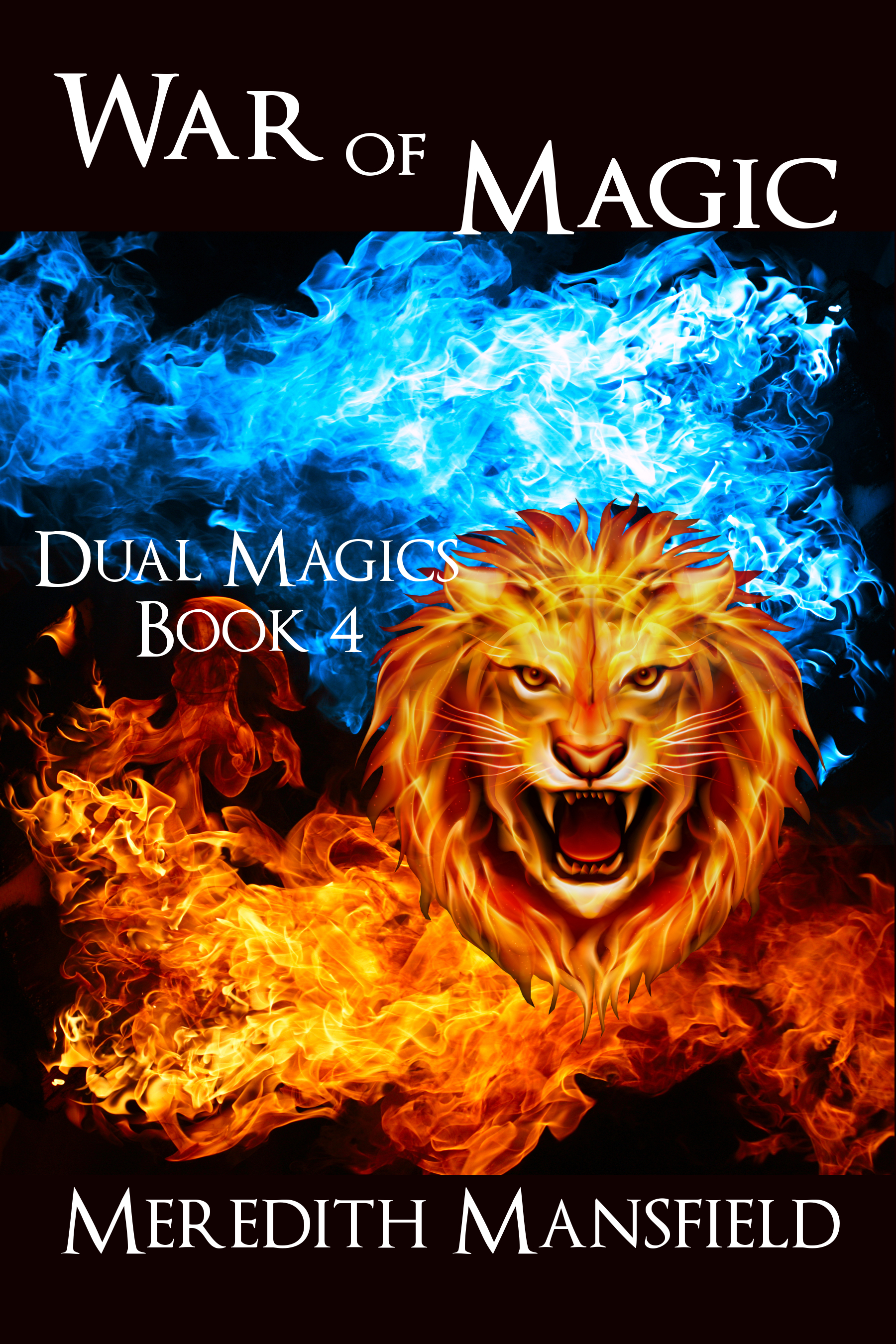Related to my last post about middles, I’m going to share a few thoughts about inciting incidents.
Inciting incidents aren’t precisely beginnings. Even if a story starts in the middle of the action, as some do, the inciting incident may not occur until a bit later. I’m thinking here of HIS MAJESTY’S DRAGON by Naomi Novik (quite a fun alternate history about the Napoleonic Wars–if both sides had an air force composed of dragons). This book opens with a sea battle, definitely in the middle of the action, but the inciting incident doesn’t occur until a bit later when the captured dragon egg hatches.
The inciting incident is the event that sets the rest of the story in motion, the thing that makes it impossible for the main character to continue on as they have been. The inciting incident also sets up what will be the central conflict for the story. For example, when Frodo discovers that the ring Bilbo left him is the One Ring of the Enemy.
Generally speaking, the inciting incident should occur within the first ten to fifteen percent of the story, or by about page thirty of a three-hundred page novel. Usually, the sooner the better–especially in young adult or middle grade fiction. My general rule is to try to have the inciting incident in the first chapter. In fact, if you were to look for the inciting incident in one of my novels, the last scene of the first chapter would be an excellent place to start the search.
Often, of course, especially with fantasy, the story needs a little set up before things start to unravel following the inciting incident. The reader needs a chance to find their feet in this new world that’s being introduced and a chance to learn to care about the main character. It’s a delicate balancing act.
There are different kinds of inciting incident, too. If a story is going to be about the internal journey of the main character, the inciting incident may not be a big external event. It might be something that other characters barely even notice. In an action-oriented story, it’s much more likely to be a big dramatic event.
This is where I’ve run into some questions from critiquers on recent stories. The later scene which I intend as the end of the first try/fail cycle may be much more dramatic. I’ve had a couple of critiquers on different stories misidentify the inciting incident.
Now, that doesn’t mean they’re wrong. What it likely means is that even though I mean the inciting incident to be something of importance only to the protagonist, at least at the start, I need to ramp up the significance to that character.
This is something I’ll need to consider when, later this year, I start the revisions to THE BARD’S GIFT. It will also be an important consideration when I figure out exactly which of several possible courses I’m going to take with the rewrite of MAGIC’S FOOL/MAGIC’S APPRENTICE (formerly THE SHAMAN’S CURSE and THE IGNORED PROPHECY). Who know what the eventual title(s) of that story will be.
But titles are another subject entirely.







